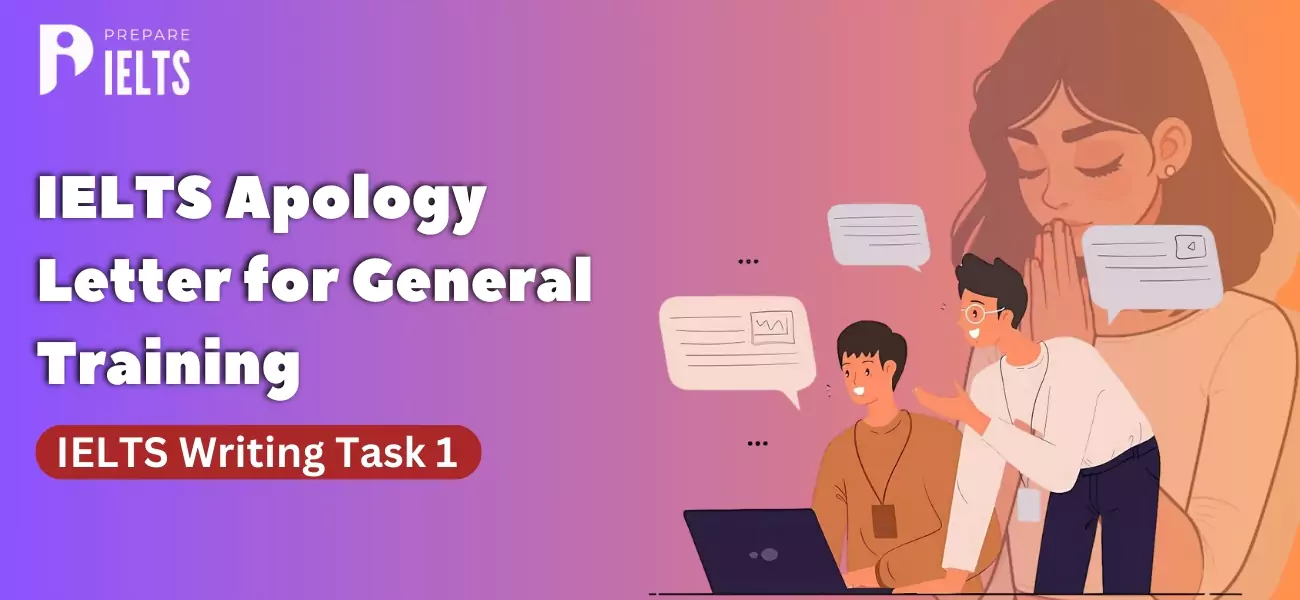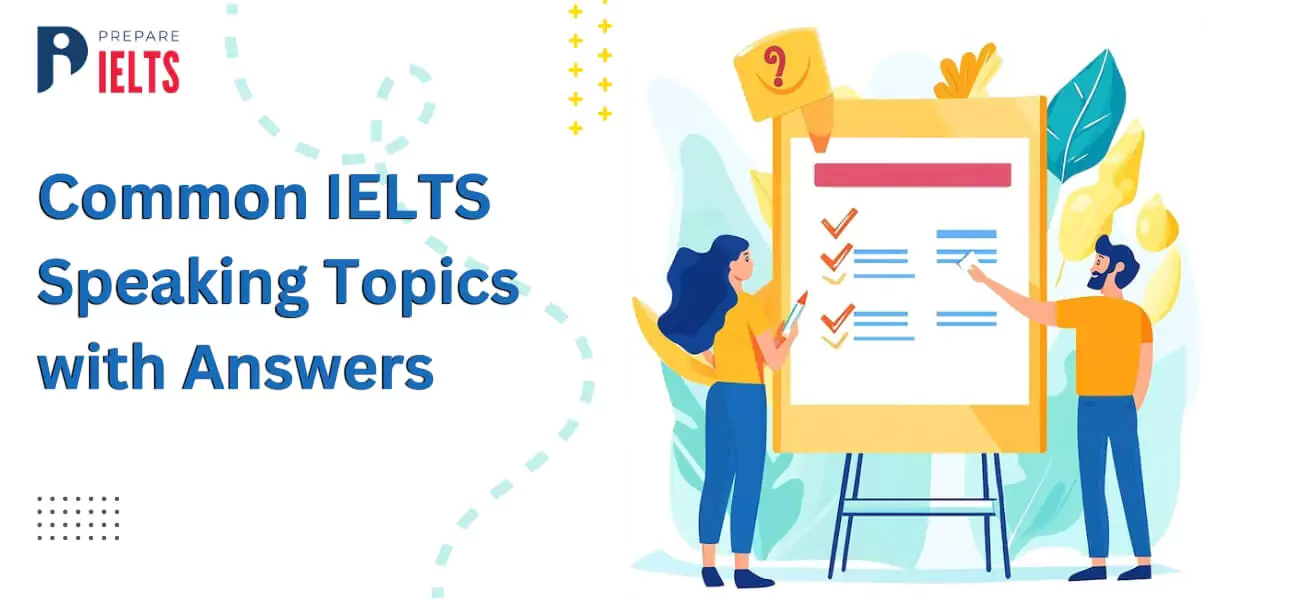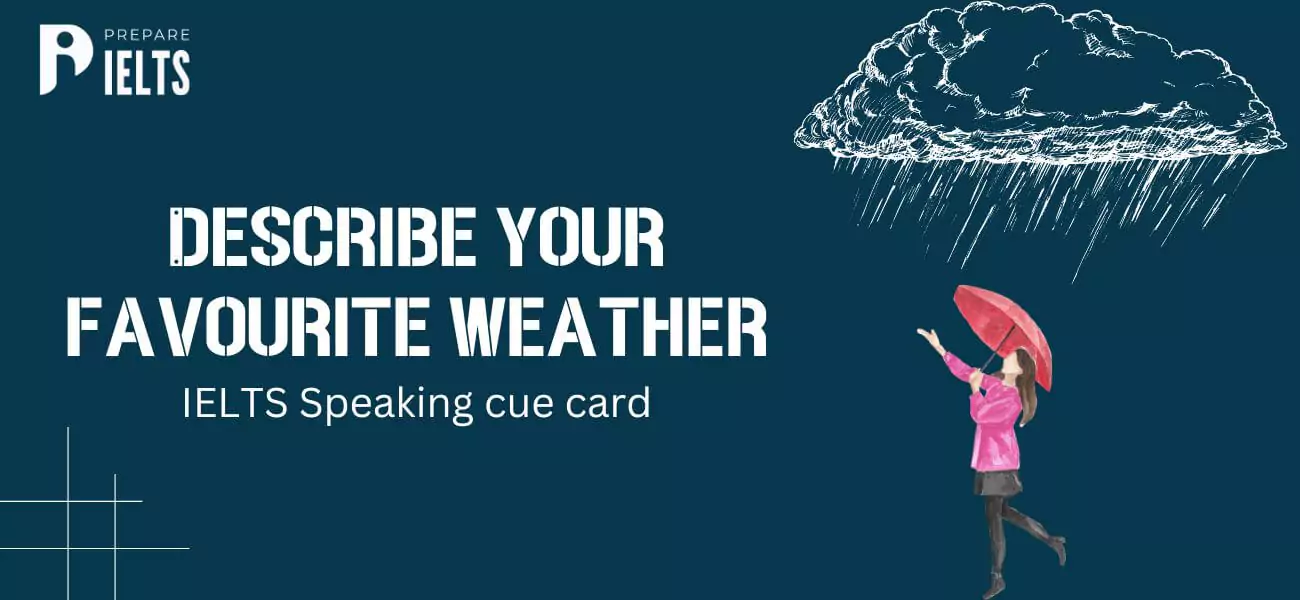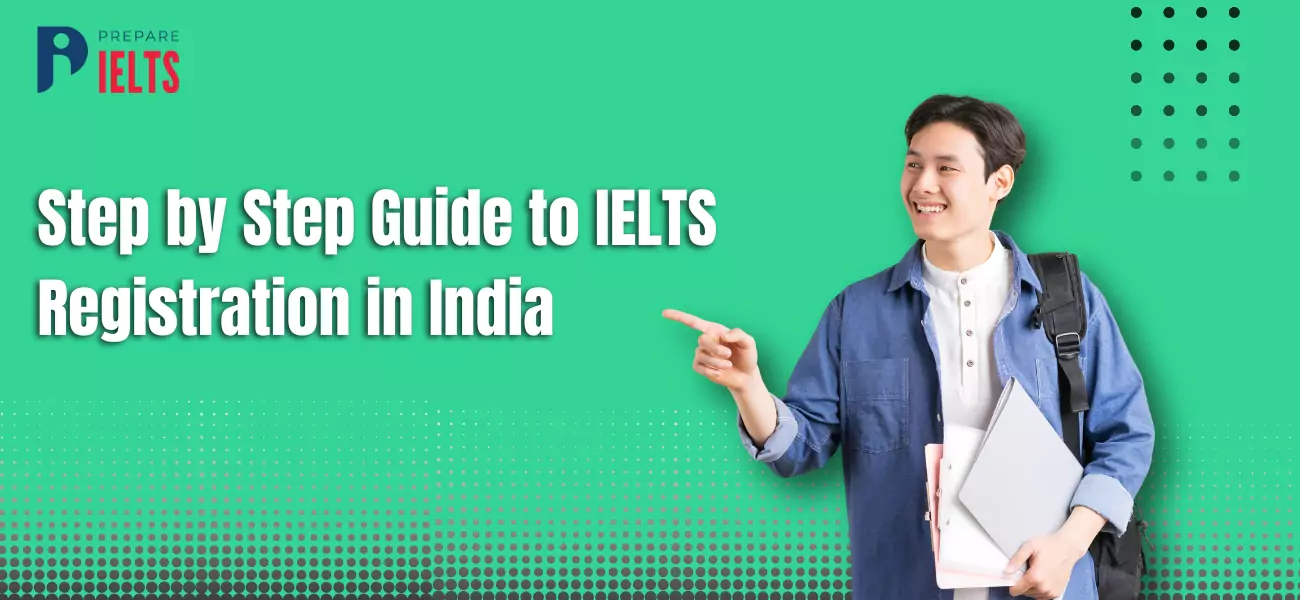
Overview
Are you studying for the IELTS 2024 Reading test and seeking for the finest preparation materials? Look no further! The site provides the most reliable information on the theme of Coconut Palm Reading, which is frequently seen in the IELTS Reading part.
The Coconut Palm Reading is notable for its analysis of signs and symbols seen on the palm of a coconut tree. This results in a signature method that promotes improvement of reading comprehension for the IELTS test.
In this blog, we disclose carefully produced answers for Coconut Palm Reading to help you enhance your Reading methods on the IELTS exam, allowing you to obtain your target score.
IELTS Reading
The IELTS Reading test is an integral part of both the Academic and General Training sections, which involves evaluating reading skills such as the ability to comprehend main ideas, details, implications and the writer's opinion. The test consists of three parts: a long text from books, journals, magazines, and newspapers. These texts are drafted for non-specialist audiences but are appropriate for people who enter university courses or intend to obtain professional registration. Content is different for Academic and General Training versions to meet the personal requirements of the candidates.
Also Check: IELTS Slot Booking 2024: Book Your IELTS Exam Slots (Online/Offline)
IELTS Reading (Academic and General)
Academic IELTS Reading: Intended for students who intend to pursue higher education studies, this version includes three pieces of text that are descriptive and factual to discursive and analytical. These are normally taken from books, newspapers, journals, and magazines.
General Training IELTS Reading: This test includes materials you might meet in an English-speaking environment daily. The extracts are taken from the company’s handbooks, official documents, books, newspapers and online sources, which can be divided into three sections, with increasing difficulty.
Coconut Palm Questions: Types
- Matching Headings: To make this task simple, write down the key concepts for each heading, then scan the passage for keywords and synonyms and ensure the chosen heading does the summarisation.
- Short Answer Questions: Make an attempt for exactness with the help of keywords in the questions, then scan for these phrases in the text, extracting the direct answers before going into detail.
- True/False/Not Given Questions: Develop your analytical dimensions by enjoying a quick synopsis of the passage and then drinking each statement into, locating the keywords to dissect the claims, or pinpointing what is missing.
Register Now, for a free Mock test - Join Today!
Coconut Palm Reading Passage
Paragraph I
For millennia, the coconut has been central to the lives of Polynesian and Asian peoples. In the Western world, on the other hand, coconuts have always been exotic and unusual, sometimes rare. The Italian merchant traveller Marco Polo saw coconuts in South Asia in the late 13th century. Among the mid-14th-century travel writings of Sir John Mandeville, there is mention of ‘Great Notes of Ynde’ (great Nuts of India). Today, images of palm-fringed tropical beaches are clichés in the West to sell holidays, chocolate bars, fizzy drinks, and romance.
Paragraph II
The coconut palm has a smooth, slender, grey trunk, up to 30 metres tall. This is an important source of timber for building houses and is increasingly being used as a replacement for endangered hardwoods in the furniture construction industry. The trunk is surmounted by a rosette of leaves, each of which may be up to six metres long.
The leaves have hard veins in their centres, which, in many parts of the world, are used as brushes after the green part of the leaf has been stripped away. Immature coconut flowers are tightly clustered among the leaves at the top of the trunk. The flower stems may be tapped for their sap to produce a drink, and the sap can also be reduced by boiling to produce a type of sugar used for cooking.
Paragraph III
Coconut palms produce as many as seventy fruits per year, weighing more than a kilogram each. The wall of the fruit has three layers: a waterproof outer layer, a fibrous middle layer and a hard inner layer. The thick fibrous middle layer produces coconut fibre, ‘coir’, which has numerous uses and is particularly important in manufacturing ropes.
The woody innermost layer, the shell, with its three prominent ‘eyes’, surrounds the seed. An important product obtained from the shell is charcoal, which is widely used in various industries and at home as a cooking fuel. The shells are also used as bowls in many parts of Asia when broken in half.
Paragraph IV
The nutrients (endosperm) that the developing seed needs are inside the shell. Initially, endosperm was a sweetish liquid, coconut water, enjoyed as a drink, but it also provided the hormones that encourage other plants to grow more rapidly and produce higher yields.
As the fruit matures, the coconut water solidifies to form the brilliant white, fat-rich, edible flesh or meat. Dried coconut flesh, ‘copra’, is made into coconut oil and coconut milk, which are widely used in cooking in different parts of the world and in cosmetics. A derivative of coconut fat, glycerine, acquired strategic importance in a quite different sphere, as Alfred Nobel introduced the world to his nitroglycerine-based invention: dynamite.
Paragraph V
Their biology would appear to make coconuts the great maritime voyagers and coastal colonisers of the plant world. The large, energy-rich fruits can float in water and tolerate salt but cannot remain viable indefinitely; studies suggest they can no longer germinate after about 110 days at sea. Cast onto desert island shores, with little more than sand to grow in and exposed to the full glare of the tropical sun, coconut seeds can germinate and root.
The air pocket in the seed, created as the endosperm solidifies, protects the embryo. In addition, the fibrous fruit wall that helped it to float during the voyage stores moisture that the roots of the coconut seedling can take up as it starts to grow.
Paragraph VI
There have been centuries of academic debate over the origins of the coconut. There were no coconut palms in West Africa, the Caribbean or the east coast of the Americans before the voyages of the European explorers Vasco da Gama and Columbus in the late 15th and early 16th centuries. 16th-century trade and human migration patterns reveal that Arab traders and European sailors will likely have moved coconuts from South and Southeast Asia to Africa and then across the Atlantic to America’s east coast.
However, the origin of coconuts discovered along the west coast of America by 16th-century sailors has been the subject of centuries of discussion. Two opposing origins have been proposed: they came from Asia or were native to America. Both suggestions have problems. In Asia, there is much coconut diversity and evidence of millennia of human use – but no relatives are growing in the wild. There are close coconut relatives in America, but no evidence that coconuts are indigenous. These problems have led to the intriguing suggestion that coconuts originated on coral islands in the Pacific and were dispersed from there.
Coconut Palm Questions
This sample set contains questions similar to those seen on the IELTS reading exam. Questions about this section are:
Questions 1 – 8
(Completing notes with ONE WORD ONLY)
1: timber for houses and the making of ______
2. stems provide sap, used as a drink or a source of _________
3. used for __________ etc.
4. a source of ________
5. (when halved) for _________
6. a source of _______ for other plants.
7. oil and milk for cooking and ________
8. glycerine (an ingredient in ________ )
Questions 9 -13
(TRUE/FALSE/NOT GIVEN)
9. Coconut seeds need shade in order to germinate.
10. Coconuts were probably transported to Asia from America in the 16th century.
11. Coconuts found on the west coast of America were a different type from those found on the east coast.
12. All the coconuts found in Asia are cultivated varieties.
13. Coconuts are cultivated in different ways in America and the Pacific.3.
Also Check: Required IELTS Score For UK
Coconut Palm Reading Answers with Explanation
-
Furniture
Explanation: Appreciated by the application of coconut palm trunks in the process of making furniture and building materials drives home the importance of its use in the sustainable production process.
-
Sugar
Explanation: The product obtained by the extraction from the sap of immature coconut flowers reflects the diversity of the coconut palms in providing sugar for cooking purposes.
-
Ropes
Explanation: The coconut tree is an important natural resource for rope making. It is a durable material from the fibres of coconut palm, a material that confirms the material’s robustness.
-
Charcoal
Explanation: The endocarp of the coconut palm fruit is useful for charcoal manufacturing and is a crucial element in cooking and even in the industry.
-
Bowls
Explanation: Cutting coconut in half is a very useful bowl in many cultures, which illustrates the cultural significance of coconut.
-
Hormones
Explanation: Coconut water promotes plant growth by providing hormones that improve growth.
-
Cosmetics
Explanation: Coconut oil and milk extracted from dried coconut flesh appear in various cuisines and cosmetic products.
-
Dynamite
Explanation: Glycerine from coconut fat helped Nobel to invent dynamite, repeating the role of coconut beyond the food industry.
-
False
Explanation: Lying on inexhaustible beaches of deserted islands and cooked under scorching sun, coconut seeds can sprout and take root. This signifies that coconut seeds can also germinate without the requirement of shade.
-
False
Explanation: Coconut trees were not there in West Africa during the 14th and 15th centuries A.D. Historical records of trade and migration in the 16th century have shown that coconuts were probably transported either by Arab navigators and Europeans from South and Southeast Asia to Africa, then to the eastern coasts of the Americas or in the reverse route, which is suggestive of an indirect and not direct migration.
-
Not Given
Explanation: The text does not compare coconut varieties within a certain region or different types of coconut.
-
True
Explanation: The text draws your attention to the huge diversity of coconuts in Asia, where their use has been recorded for as long as several ancient periods. Nevertheless, it bars the territory of the wild coconut relatives, meaning the varieties found have been cultivated.
-
Not Given
Explanation: The described cultivation of coconuts does not include the details on the cultivation methods.
Expert Tricks for Boosting Relevancy of Your Coconut Palm Reading Answers
-
Master Skimming and Scanning: They are essential for targeted slamming of passages quickly and easily pinpointing answers.
-
Focus Intensely on Questions: Filling up the gaps with the necessary details comes after you understand the questions thoroughly.
-
Effective Time Management: Make sure not to run out of time for the whole test. Therefore, plan your time well across questions.
-
Vocabulary Expansion: A wide vocabulary enhances understanding and makes it possible to master the meaning of little-known words when they are used in specific situations.
-
Informed Guessing: When uncertain, always go with an educated guess. Note that no marks are lost for incorrect answers.
Steps to bear in mind during the IELTS reading examination
-
Read Instructions Carefully: Check if you knew what you were answering first.
-
Answer Every Question: Every choice has consequences. Therefore, if you must choose, then guess the right answer.
-
Pay Attention to Time: Time management is a must: have enough time for all sections.
-
Use the Margins: Have a peek and mark keywords in the question booklet.
-
Look for Synonyms: The answers could be of different forms; use synonyms for questions' keywords.
-
Practice Paragraph Matching: It is going to be useful when one examines the 'Matching Headings' question types.
-
Be Wary of Tricky Questions: This type of question checks the student's ability to focus on the small things.
-
Check Spelling and Grammar: Write a sentence wrongly, and you will get the wrong answer.
-
Manage Stress: Calm down and stay confident even if you encounter difficult questions.
-
Review Your Work: Try to go back and check if you have missed something that should be clarified.
Also read: The Origins of Laughter - Reading Answers
Conclusion
Through these strategies and exploring the Coconut Palm Reading topic, I am placing you on the path of success for your IELTS Reading test session. However, be well-prepared, and your endeavours will prove to be worthwhile as this will lead you to reach your target score.
We hope you now have an idea of how easy or difficult it is to pass the IELTS Reading Test. Moreover, if you are looking for more details or would like to prepare for IELTS, you can contact the Prepare IELTS Exam (PI) expert counsellors for further guidance. Our team of education experts is dedicated to providing you with the best test material and guidance to ace the IELTS exam. You can get a one-on-one counselling session and an IELTS online practice test via our platform. Contact us at info@prepareieltsexam.com or call us at +91 9773398388 for further queries.
FAQs
The IELTS Reading test has a duration of 60 minutes. The test is composed of three parts - both Academic and General Training versions.
No, the 60 minutes you have for the Reading section of IELTS is enough for reading, answering and marking. Managing your time appropriately is the key.
Both test types have their Reading content. In the Academic Reading test, you will encounter three longer texts, which are factual, descriptive, discursive, or analytical. These are games borrowed from literature books, journals, magazines, and newspapers. The reading in the Academic module consists of different kinds of passages taken from books, magazines, newspapers, instructions, notices, advertisements and company handbooks. Students in a class-study room will be exposed to these materials if they are in an English-speaking environment.
No, the IELTS does not penalise students for getting wrong answers on the reading test. During the exam, you are allowed to attempt all the questions.
To boost your score in the IELTS Reading test, practice different reading materials frequently, develop the ability to skim and scan texts, widen your vocabulary, become familiarised with the types of questions asked in the test, and develop strategies for answering all types of questions. Moreover, doing practice tests in a timed manner also helps you learn good time management skills.
Latest Blogs
-

IELTS Score for Canada: Minimum IELTS Requirement for Canada 2025
2024-09-27 18:24:14
-

IELTS Apology Letter for General Training: IELTS Writing Task 1
2024-09-25 16:38:03
-

Minimum IELTS Score for Australia: Student Visas, Universities, and PR in Australia
2024-09-23 18:09:51
-

Common IELTS Speaking Topics with Answers
2024-09-20 18:21:56
-

Describe a foreign culture that you like: IELTS speaking cue card
2024-09-18 16:14:11
-

Describe a Rainy Day IELTS Speaking cue card
2024-09-18 11:11:32
-

Describe a new law you would like to introduce in your country IELTS cue card
2024-09-13 17:17:46
-

Describe your favourite weather: IELTS cue card
2024-09-11 18:01:28
-

Describe an enjoyable journey by public transport: IELTS cue card
2024-09-09 18:05:45
-

Step-by-Step Guide to IELTS Registration in India for the Year 2024 & 2025
2024-09-07 12:59:51


